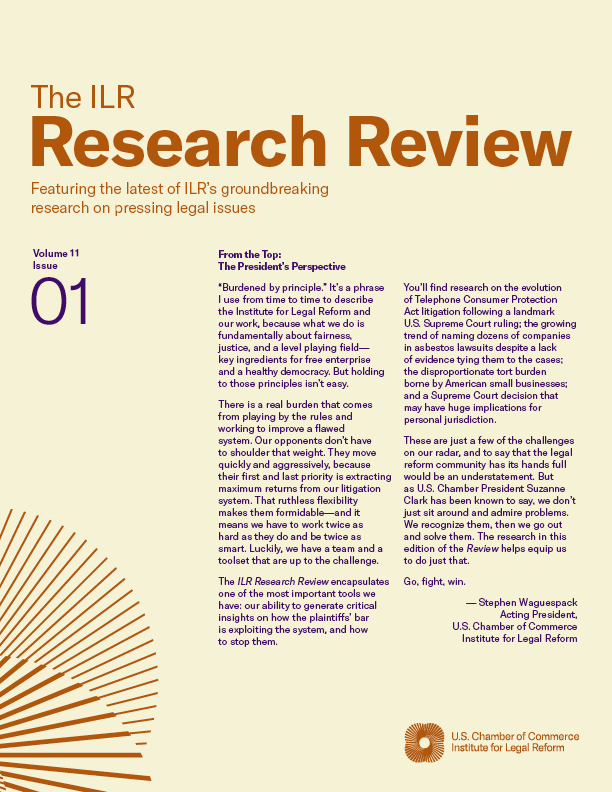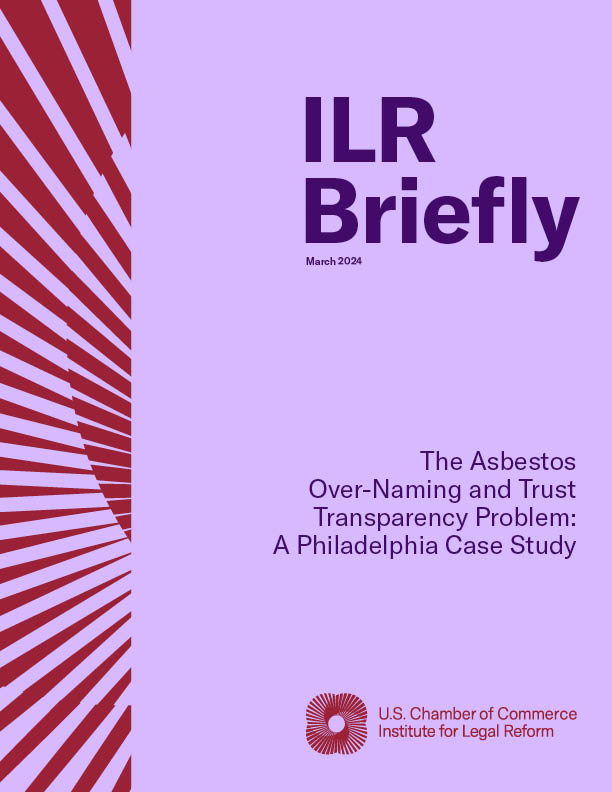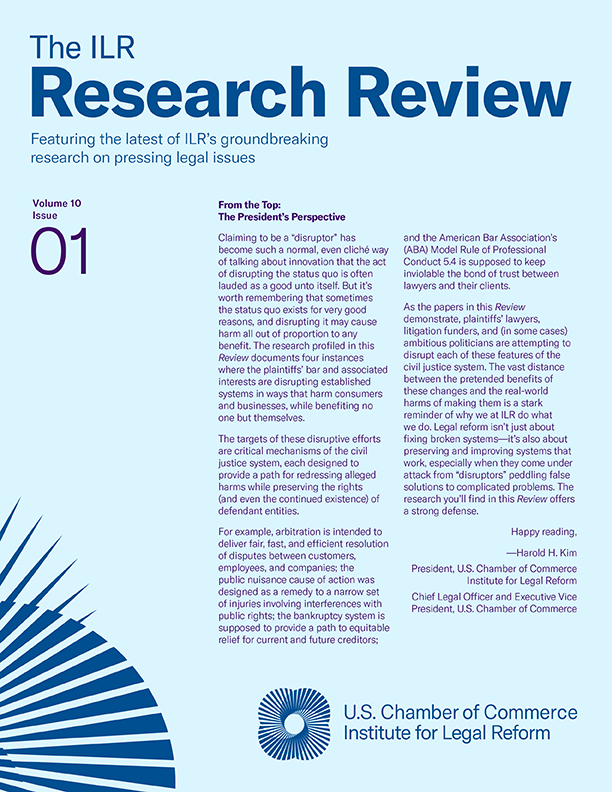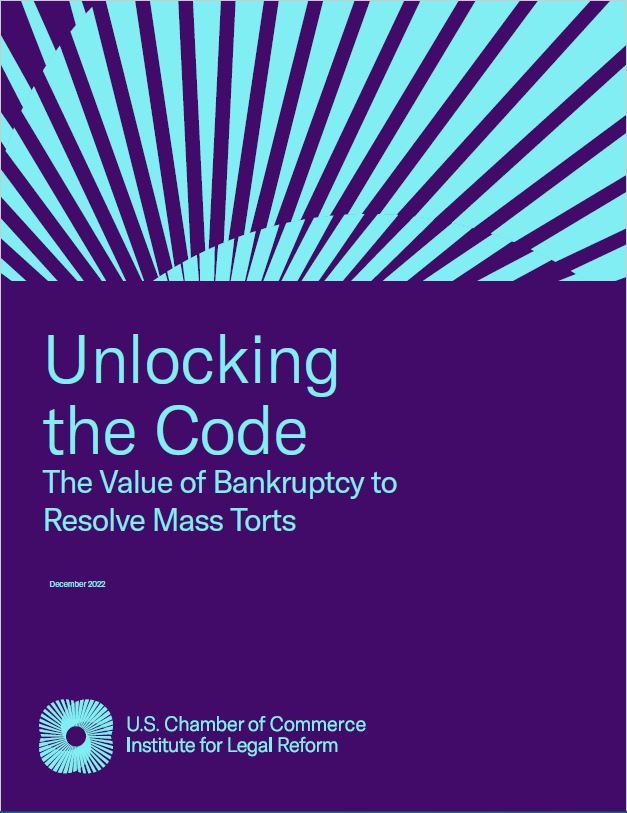As asbestos litigation has shifted in content and geography over the last 20 years, the New York County Asbestos Litigation (NYCAL) unit of New York City’s state trial court has consistently been one of the most active asbestos courts nationally, certainly in dollars, and in some instances in numbers of cases. After years in a steady state, NYCAL is currently in a period of potentially substantial change.
For many years, NYCAL’s first Case Management Order (First CMO) governed the procedures for virtually all aspects of asbestos cases, from pretrial discovery, to the selection of cases for trial, to available damages. After years of negotiations prompted by the reintroduction of punitive damages to NYCAL and a new presiding judge, a new CMO (Revised CMO) has just been issued.
The reexamination of the CMO has raised questions about what factors drive NYCAL’s high verdicts and has shed light on some procedural mechanisms in NYCAL that may result in inequities among the parties to the litigation. These large verdicts represent a substantial percentage of asbestos litigation costs, verdicts, and settlement values nationwide. As a result, the approach adopted by NYCAL takes on a significance that extends beyond the borders of Manhattan.
This paper explains the history and current state of NYCAL, including descriptions of the jurisdiction itself, the First CMO, the CMO revision process, and the Revised CMO. In particular, we analyze four procedural elements of NYCAL under the First and Revised CMOs:
- Consolidation of several cases into one trial setting;
- The availability of recklessness findings that overcome joint and several liability;
- The availability of punitive damages; and
- Asbestos bankruptcy trust transparency.
The paper notes the cumulative effects of these four areas on the due process rights of defendants in NYCAL, even with the changes made to them under the Revised CMO. We conclude that these procedural features have driven verdicts and settlements higher than those in many other jurisdictions, a phenomenon that is likely to continue under the Revised CMO absent fresh judicial interpretation and methods of implementation that correct current problems.
Against the backdrop of these procedural features, the paper then examines the unique dominance in NYCAL of a single plaintiffs’ firm, Weitz & Luxenberg LLP, and discusses research regarding the potential impact of this firm’s significant advertising on case valuation. We discuss the ways advertising can shape the attitudes of the NYCAL juror pool, both towards asbestos litigation generally and Weitz & Luxenberg in particular. Finally, we consider the deleterious effect of NYCAL’s procedural mechanisms and lawyer advertising on the overall fairness and consideration of defendants’ due process rights in NYCAL.
View PDF


